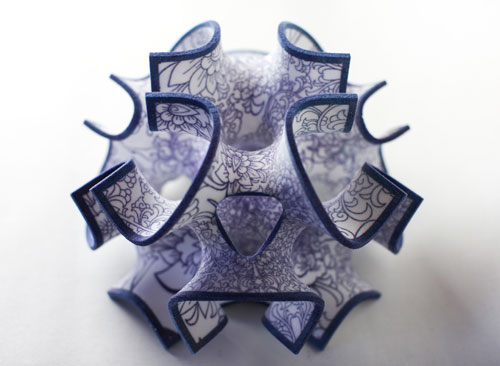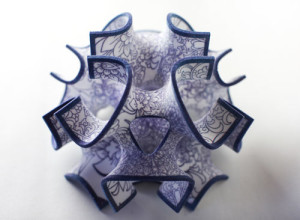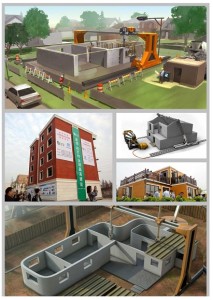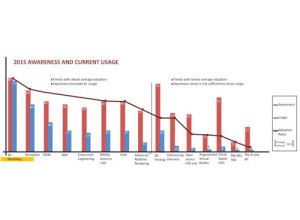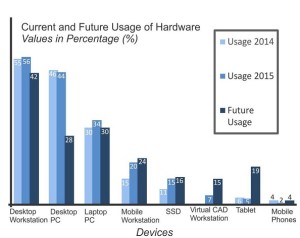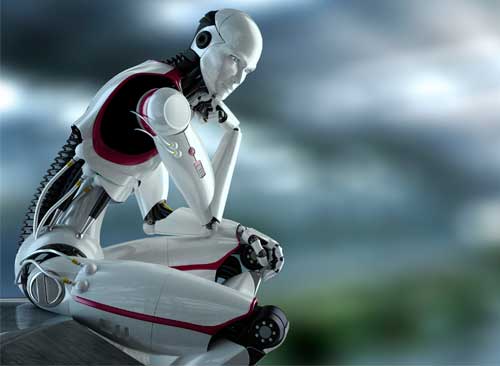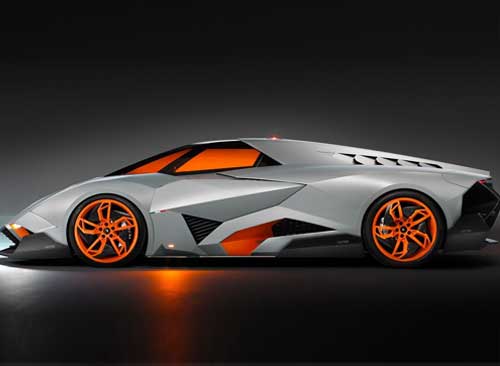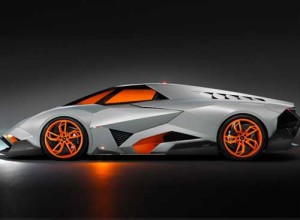Robotics is a blend of science and arts brought together. Mechanical engineering perspective is multidisciplinary in Robotics which represents science, while the drilling models and submission projects take the form of art as it requires a lot of creativity and vision along with calculation to get the ultimate result.
Robotics has several branches. It is not rigid rather flexible. It is a field where there is a continuous evolution. It is a steady learning curvature where your thoughts would just mould into new actions. In India there is a lot of pressure when it comes to selecting a branch of engineering. But in the end it all depends upon the interests and desires of an aspirant.
What can I achieve with Robotics?
 Robotics is a real mix of all branches of engineering. You need to be good at mechanical engineering, be a good control engineer, a good electronic engineer, any branch of engineering, gets into robotics. But whatever you decide, you have to put your heart and soul into it. Robotics for a student can lead him/her to enter the field as a technician or as an engineer.
Robotics is a real mix of all branches of engineering. You need to be good at mechanical engineering, be a good control engineer, a good electronic engineer, any branch of engineering, gets into robotics. But whatever you decide, you have to put your heart and soul into it. Robotics for a student can lead him/her to enter the field as a technician or as an engineer.
- Robotic technician requires a 2-year degree
- Robotic Engineer requires a 4-year degree.
Apart from these two choices at the heart of Robotics, an aspirant also has the opportunity to dive deep into other Robotics sector by selecting any of the field mentioned below.
- Career in Robotics
- Application engineer
- Manufacturing assembly
- Programmer
- Quality control
- Software developer
- Support specialists and trainers
The above mentioned details were related to the general idea about robotics. A slight hint of what the course is about and what can it offer. Finally we move on to the most important aspect, Why Robotics of all fields? What is the scope of Robotics at a global level & finally Trends in Robotics 2015.
Why Robotics?
Robotics engineers and technicians are responsible for operating robots and researching, designing, creating, testing and troubleshooting problems. This is one of the most sought after field all around the world.
There is a boom in the technical industry for graduates. Their demand is rising day by day. Thus, one can be rest assured that the dearth of job opportunities won’t be a cause of concern when he graduates.
Robotics is one of the most trending career options right now as it is at the helm of inventions and innovations. Robotics offers flexibility to students. It gives them their space to brainstorm about new ideas. It sets the base to great discoveries and leads the way towards great innovations.
Imagine yourself as the creator of the HD Curved TV which has been introduced lately, thanks to LG. Now think about 5 years ago, did anyone saw this coming? Such is the innovation that this technology has been put forth in mobile devices too.
”Normally, We dream. We think. We dream and we keep thinking.
In Robotics We Dream. We forecast. We plan. We Execute. We Conquer.”
Scope of Robotics
 Robots at first place are designed with the fundamental rule of carrying out specific tasks. Gradually surpassing the level and objectives the design starts to get a little advance and in such advance version, the robots are designed in such a way that they are adaptive, responsive and are able to adjust to environment.
Robots at first place are designed with the fundamental rule of carrying out specific tasks. Gradually surpassing the level and objectives the design starts to get a little advance and in such advance version, the robots are designed in such a way that they are adaptive, responsive and are able to adjust to environment.
Robots, though autonomous should be able to make decisions on their own. This is considered to be a pre-requisite of designing a robot. We have to remember that although designing a robot the most important thing to be taken in consideration is, obviously, the function to be performed.
When it comes to performance, here arises the need for discussion about the scope of the robot and robotics. Robots have basic levels of complexity and each level has its scope for performing the requisite function.
Before moving onto the latest trends in Robotics, we would like to share some important piece of information with you. The mechanization in processing of Robots is divided into three parts:
Hard
In the Hard type, the series of processing operations is fixed by the structure or configuration of the equipment used in. The significant characteristic of the hard type is the high capital investment as ion automobile assembly line.
Programmable
In programmable Automation, the same tools can be reprogrammed to suit the requirement of diverse types of products.
Flexible
In flexible automation, the reprogramming is done offline. The two vital elements of robotics are numerical control and tele-operations. The two technologies of numerical control of tele-operation are combined in industrial robots.
Trends in Robotics 2015
Industrial robots (IR) – automatic equipment with pre-programmable operating system to perform motion and control functions in production process which replace analogical functions of human in manipulation and technological operations.
Service Robots (SR)- Service robots (SR) – uniform and generally approved definition is not accepted yet; interpretation has been accepted that they are freely programmable mobile devices that partly or fully perform service operations.
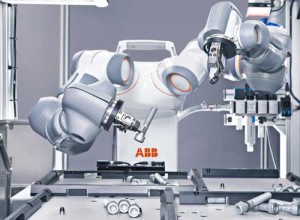 The decisive and most important feature of SR is locomotion parts (wheeled, walking, floating, special), which secure their mobility. Superstructure of locomotion parts is always solved according to the type of task (transport, manipulation, technological), which is supposed to be performed by SR and at the same time whole SR is designed in concept and details according to the kind and character of environment (dangerous, harmful, communal, domestic), in which it operates.
The decisive and most important feature of SR is locomotion parts (wheeled, walking, floating, special), which secure their mobility. Superstructure of locomotion parts is always solved according to the type of task (transport, manipulation, technological), which is supposed to be performed by SR and at the same time whole SR is designed in concept and details according to the kind and character of environment (dangerous, harmful, communal, domestic), in which it operates.
Personal robots (PR) – uniform and generally approved definition has not been accepted yet, there is an interpretation in the process of formulating that it is a freely programmable device, which partly or fully automatically performs service operations.
Recent trends in Robotics
Here are some recent inventions which have taken the Robotics industry by storm. They have garnered huge applause from the world’s top technology sites and at World’s leading Technology Conference CES. So here are few discoveries that have the capabilities to affect our future in a drastic way.
1.Hexo + Drone
2.Nanotech & Material Science
3.Dual arm robots
4.Eyes on the hand
5.Wearable robots
image courtesy: www.idealez.com, www.servomagazine.com, www.usarmy.vo.llnwd.net, www.meetup.com
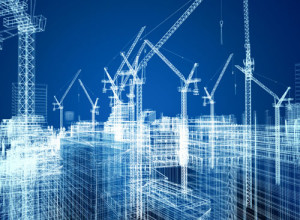 BIM– Building information modeling is not a manufactured product, article or named software program. It is just a cohesive process built on reliable information about a project from design through construction and into operations. BIM is not just for the architectural project. Even though it has its roots in architecture, the philosophies of this is applicable to everything that is assembled or built, including highways and roads, and the remunerations of BIM are being practiced by civil engineers in many ways, they are appreciated by architects.
BIM– Building information modeling is not a manufactured product, article or named software program. It is just a cohesive process built on reliable information about a project from design through construction and into operations. BIM is not just for the architectural project. Even though it has its roots in architecture, the philosophies of this is applicable to everything that is assembled or built, including highways and roads, and the remunerations of BIM are being practiced by civil engineers in many ways, they are appreciated by architects.
